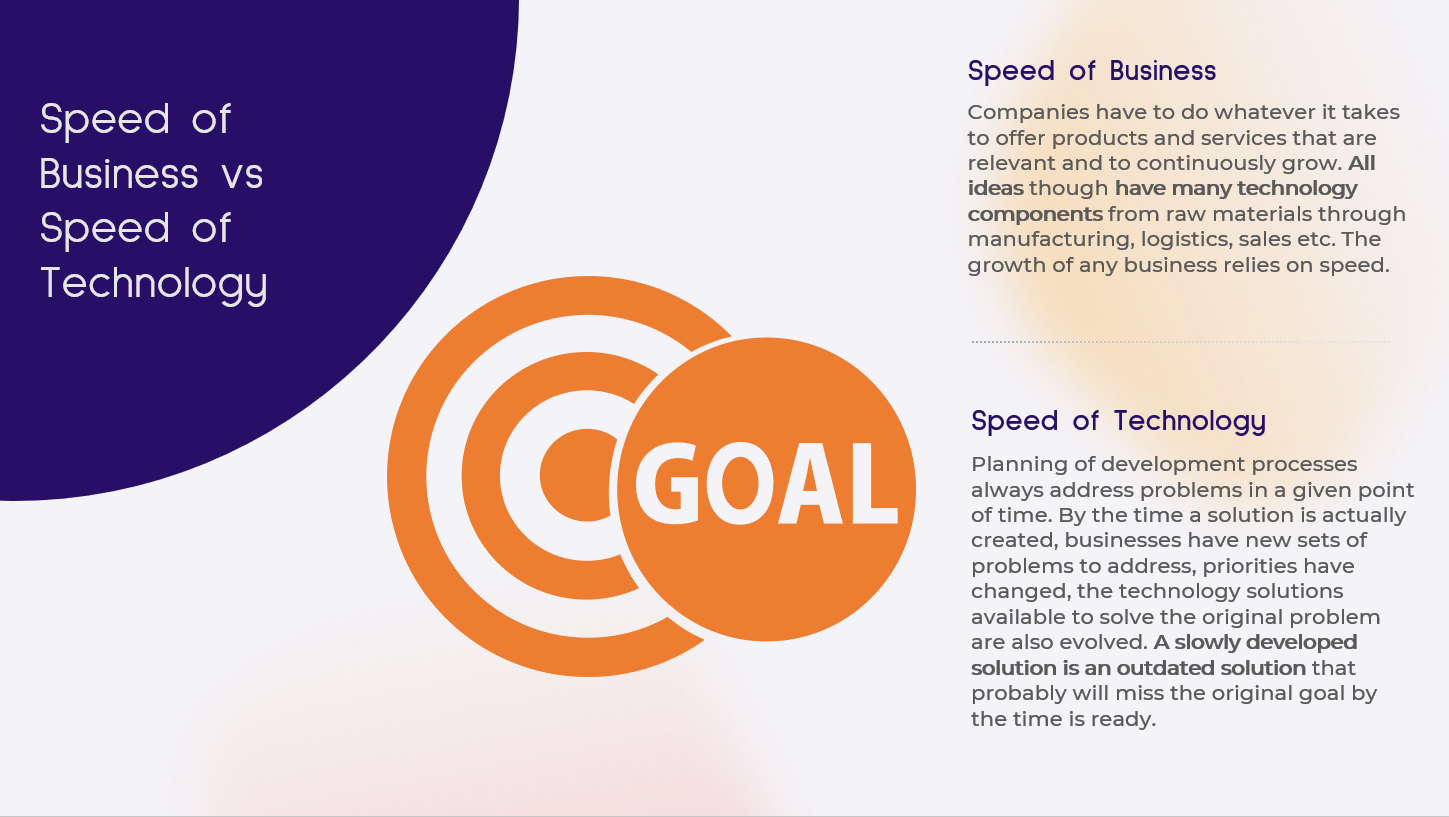By Attila Ambrus, COO of Lowcono Inc.
As digitizing business processes became widespread in the past couple of decades, so did the need for custom development to turn business processes into applications. The origins of today’s low-code development platforms are not recent, they were born out of the rapid development approach of the nineties, building on the software design principles laid down even earlier during the eighties. Then came the computing boom of the 2000s, and the arrival of omnipresent online services sparked the current revolution of the “extraordinarily disruptive” low-code/no-code development platforms, as Forbes called it, starting about a decade ago.
Speed of Development and Delivery
The biggest issue in software development has been, and still is, the speed of development and delivery. This is where low-code platforms change application development radically. Instead of writing code, simple point-and-click visual flow designer tools aid developers without any major coding experience to create their own business applications.
The elements of the design, the connections, integrations, data are all reusable, you can build your application as easy and intuitively as you are using toy blocks.
The result of this approach makes low-code application development a magnitude faster than traditional coding – and it applies to making and delivering changes later, updating them, by simply changing the design or the elements.

Simple Integration Platform Agnostic Applications
These applications are also true multi-platform apps, they run on mobile platforms or in the cloud, in a browser, taking care of another major issue of traditional development, the complexity of maintaining cross-platform code bases. These platforms also bring built-in fault-tolerance, enterprise-grade security and scalability. In essence, there’s no limit on the performance and reach of these low-code applications.
These factors, the rapid, multi-platform development and built-in enterprise-grade feature set, together result in the often-quoted 10-20 times faster development.
But the advantages go beyond saving time and cost – this easy development model also empowers the digital citizenry in ways we have never seen before.
Simplicity
Employees with no technical background can specify or even build an app, or if they need a more complex solution, they can just request a build from a low-code vendor then maintain or even expand it going forward on their own.
It also reduces the load on career developers as it alleviates the need to spend time with menial, repetitive tasks like building database connections or queries, coding API calls – they are free to focus on real programming, like coding complex solutions, or adding features to the underlying platform.
The recent pandemic also made it painfully obvious how important software has become. Digital transformation of existing processes is often critical to the future of businesses – a well-executed, quick move into the cloud, then subsequent tweaking through quick updates saved a lot of companies when the retail world suddenly came to a screeching halt in 2020.
They have been here for decades, they are very flexible, they are much cheaper, and they solve almost every challenge software development meant in the past. Low-code platforms are a multi-billion-dollar business already, expected to grow tenfold within the next five years, reaching over sixty percent of all in-house application developments.
Do you want to learn more about Low-Code? I highly recommend this very comprehensive article covering the following topics:
• The List